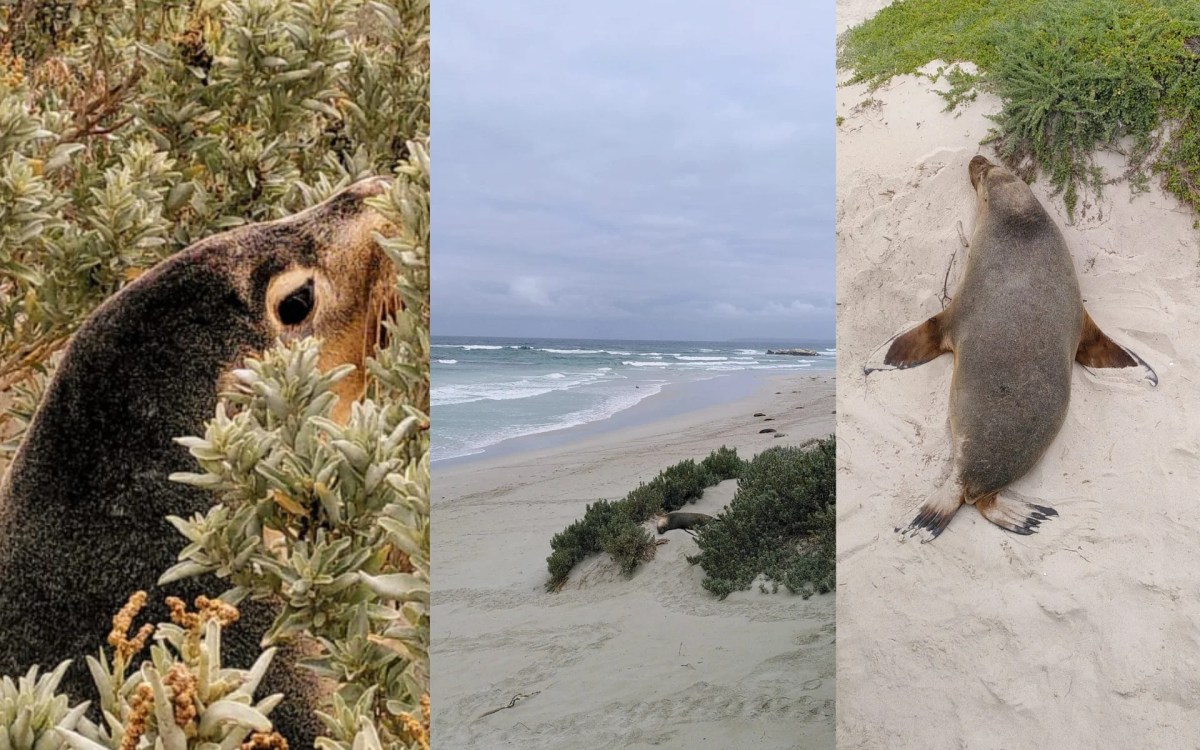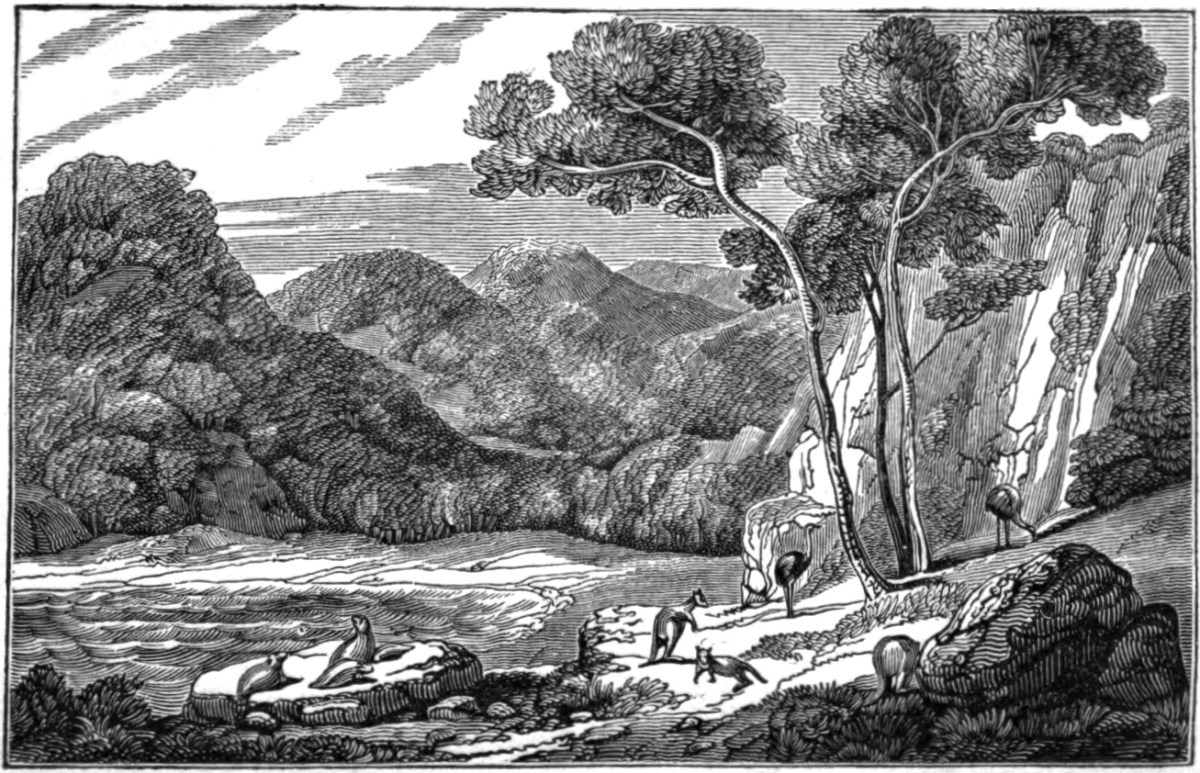Acclaimed British actor and A-lister Orlando Bloom recently shared videos of himself enjoying some time down under on South Australia’s Kangaroo Island. Floating off the southern coast of Australia in the rugged belly of the Great Australian Bight, the island is today best known for its mind-boggling natural beauty, rare wildlife and mouth-watering local food and wine.
In 2024, it was named the world’s number two must-visit region by Lonely Planet, while its beaches – such as Stokes Bay and Vivonne Bay – are consistently named the most pristine in Australia. The island is also famously home to the oldest bee sanctuary in the world, after a strain was brought over by yacht from the Italian Alps in 1884. Because of the island’s isolation, this is now the last genetically pure population of Ligurian honeybees in the world, and their honey has an intense, deep flavour with hints of caramel.
But beneath Kangaroo Island’s postcard surface lies a tumultuous history shaped by violence, survival and disappearance. Before the arrival of the tourist dollar and celebrity visitors, Australia’s third largest island was a place of isolation for thousands of years: for nature, people and memory.
Roughly 10,000 years ago, as rising sea levels severed the land bridge that once joined it to the mainland, Kangaroo Island became physically – and socially – separate. Archaeological evidence suggests Indigenous presence on the island around 16,000 years ago, when it was still part of the continental shelf. But, once the waters rose, the human presence mysteriously vanished.

No clear Indigenous group has claimed continued occupancy after this point, leading to its moniker of Karta Pintingga – ‘Island of the Dead’. Despite the disappearance of its First Peoples, multiple Indigenous nations – the Ramindjeri, Ngarrindjeri, Kaurna, Nharangga and Barngalla – today acknowledge ancestral connection to the region. But to this day, no single Native Title claim has ever been successfully made.
Kangaroo Island: how it was named
Commanding the HMS Investigator, Captain Matthew Flinders named Kangaroo Island in 1802. British settlers then arrived in 1836, but they weren’t the island’s first non-Indigenous people. Instead, there’s another history that often goes unspoken. During this dark 34-year period, the island became a bolthole for sealers, whalers, convicts and outlaws from the British Isles who sought refuge from colonial law.
Hidden from the authorities by the island’s remoteness and violent seas, these men operated in lawless bands along the coast. Sealing quickly became one of Australia’s first export industries supplying lucrative fur and oil to global markets, but at a staggering ecological cost. The animals were slaughtered en masse, often with sickening cruelty – clubbed to death or stabbed in the heart. Many species have never fully recovered, including elephant seals and hair seals.
The human toll was equally atrocious. Isolated and unskilled in surviving the island’s brutal winters and meagre resources, many sealers formed gangs that abducted and trafficked Indigenous women from the mainland. It was the slave trade in miniature – women were forced into hard labour and coerced relationships, exploited not only for domestic tasks, but also for their deep ecological knowledge: how to find fresh water, food and shelter in a rogue haven that punished ignorance and rewarded criminality. Histories describe violence, rape and cultural dispossession – horrors that still echo today.
After the island’s formal colonisation, its earlier image was scrubbed clean from the official record. Families arrived, towns were built and agriculture expanded. But the state of South Australia, which is often marketed as the ‘free settler colony’ untouched by the convict stain, generally prefers to forget the moral complexities of its offshore shadowland during the pre-1836 period.
Geography remains both a character and witness to Kangaroo Island’s turbulent story. The island is shaped by extremes: pounding surf, plunging cliffs, erratic weather. These conditions have caused over 80 known shipwrecks around the island’s serrated coastlines. Bushfires have also regularly charred the land – most recently and devastatingly during Australia’s deadly Black Summer of 2019-20, which consumed the island’s western half replete with national parks, and killed hundreds of thousands of native animals.
Even the waters surrounding the island – rich in exotic marine life – bear grave danger. Great white shark attacks, some fatal, are reminders of the savagery that still governs this place, especially where ocean meets cliff, and beach gives way to abyss.
Kangaroo Island: cautious healing
And yet, in recent years, Kangaroo Island has also embraced a cautious healing. Cultural tourism, environmental rehabilitation and Indigenous-led storytelling are slowly changing the narrative. Major efforts have kick-started reconciliation and healing between the local Indigenous people and broader island community; this includes recognising the contribution of Indigenous women to early island life. Sea lions and long-nosed fur seals are now protected by law, with the latter thriving. And development is underway too, with the island’s hidden charms now attracting major investment: private helipads, chartered flights, clifftop villas and luxury lodges, and fast becoming another kind of bolthole.
Acknowledging the island’s Indigenous connections, its brutal history and its ecological trauma have all begun to shape a more complete and honest storyline. To err is human, but to deny is indefensible and insulting. Today, the Islanders are self-sufficient and socially independent – they are proud of both their past and present, and hopeful for tomorrow.
Orlando Bloom’s recent visit to Kangaroo Island has helped entrench its global appeal, but the rock remains a living paradox as both a sanctuary and a site of survival. Its natural beauty draws tens of thousands of tourists each year, eager to experience its wild, windswept freedom. But the island’s wild history cannot be forgotten, for its true character lies here: in the shipwrecks sleeping at the bottom of the ocean, in the stories of the stolen and lost, and in the ghosts that still glide through its scrubland and surf.
Peter Papathanasiou’s new crime novel set on Kangaroo Island, The Bolthole (MacLehose Press), is out now.
Discover more arts, games and screen reviews on ArtsHub and ScreenHub.
